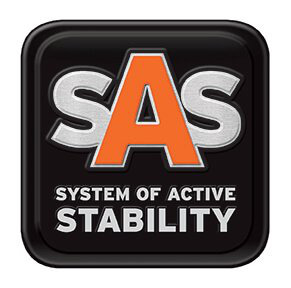
The Toyota System of Active Stability (SAS) exemplifies a groundbreaking development in forklift safety. Using a series coordinated sensors, SAS can sense when a truck’s center of gravity is in jeopardy and correct the situation before an accident occurs. The following is a breakdown of the stability triangle, a fundamental concept of forklift maneuverability, and how SAS monitors and corrects related safety hazards.
The Stability Triangle
The stability triangle is a representation of where a forklift and its load’s combined center of gravity must remain in order to avoid an accident. Take a look at the figure (below), and observe how the stability triangle is oriented about the forklift (You’ll notice it’s really a pyramid.). An unloaded forklift’s center of gravity (CG) lies in the middle of the stability triangle. Every given load a machine is tasked with lifting has its own center of gravity, which interacts with that of the forklift, resulting in a combined center of gravity. As the truck raises a load, the combined CG shifts depending the on the weight of the load and how it is balanced on the forks. The same occurs as a load is tilted, and it’s all affected by the rate at which the forklift accelerates, turns and stops. If the combined center of gravity approaches the outer limits of the stability triangle, there is risk of a tip-over.
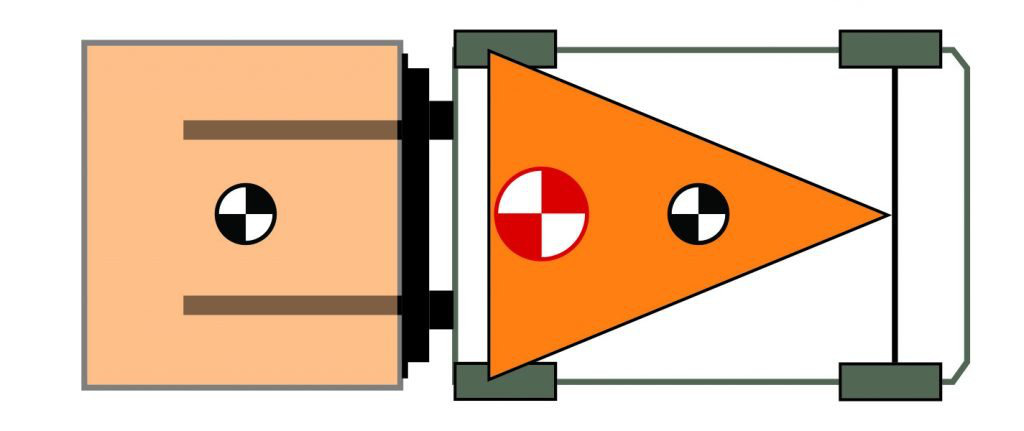
Toyota’s SAS monitors each of the factors that can contribute to longitudinal (forward/backward) and lateral (sideways) tip over, as well as spilled loads. These trucks are equipped with a load sensor, height sensor, speed sensor and yaw rate sensor. So, during operation, the forklift will know how much weight it is holding and how high. The speed sensor is self-explanatory, but the yaw rate sensor measures the truck’s angular velocity when turning. If one or more sensors indicates possible danger, SAS will activate in a manner appropriate to the situation.
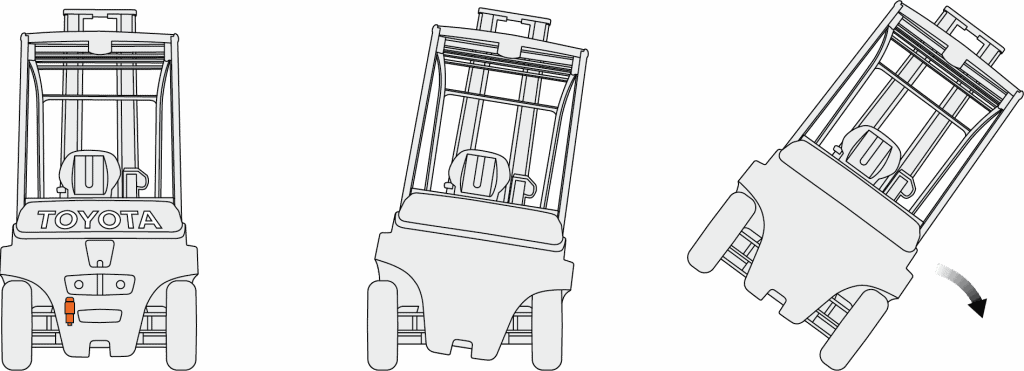
Active Mast Control
SAS employs what is called an active mast function, through which the forklift’s mast will restrict certain movements based on the load’s height and weight, thereby preventing tip overs and spilled cargo. Think of the stability triangle: A raised, heavy load at a can only be tilted so far forward before the combined center of gravity reaches a dangerous point and the truck’s rear wheels leave the ground. Active mast functionality rules out this situation by limiting the forward tilt of such a load. Similarly, rear tilt speed is restricted to prevent spillage.
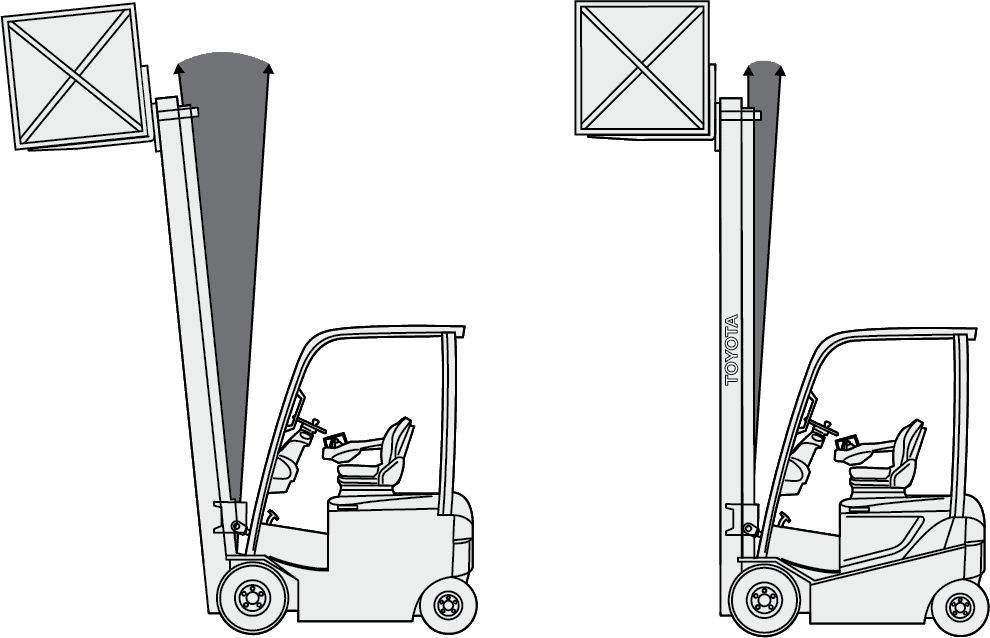
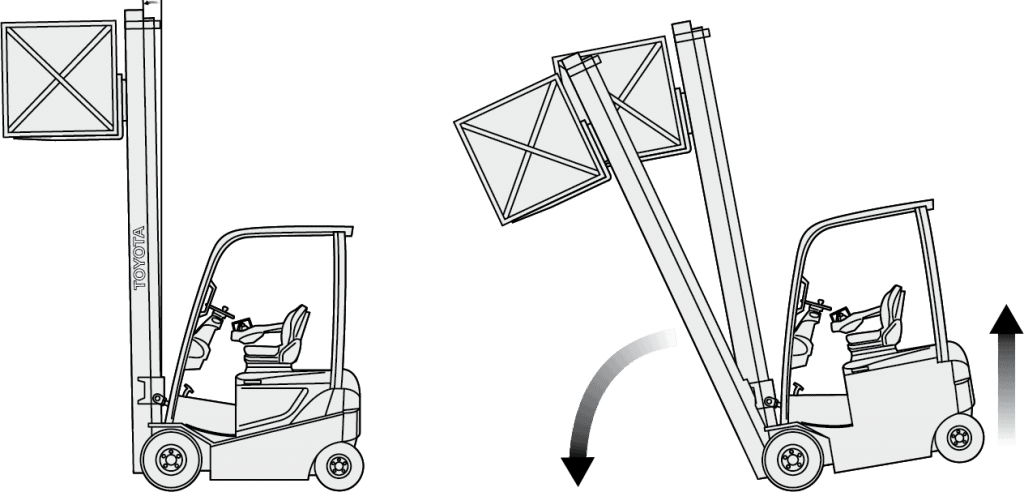
Swing Lock Cylinder
In order to prevent lateral overturns, these trucks are equipped with a swing lock cylinder. When SAS recognizes a potential mishap, the cylinder swings in and locks on to the right steer axle, strengthening the truck’s center of gravity.
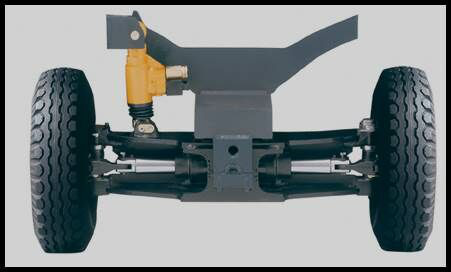
There are currently more than 250,000 Toyota forklifts with SAS in operation in North America today. Summit Handling Systems, Inc. (SHS) is an exclusive Toyota Forklift dealer in Connecticut and areas of New York and Massachusetts. In business over 50 years, SHS employs experienced personnel eager to provide solutions for your material handling operation. Whether we’re providing quality new, used, rental equipment or fleet maintenance, customer satisfaction is the key to our success. Contact us today!
Read more:
OSHA Powered Industrial Trucks eTool
Toyota Industrial Equipment: Toyota Forklifts and Lift Trucks
